Last Chance to Catch NYC's Holiday Notalgia Train
We met the voices of the NYC subway on our nostalgia ride this weekend!


“Shenzhen is a glimmering city of skyscrapers and Chinese economic prosperity since the late 70s and early 80s.” A brochure about the city of Shenzhen would say something along the lines of that, and tourists are only shown the “presentable” parts of the city. Very rarely, however, would they be taken to the more grimy “urban villages” which lie behind the screen of urban spectacles. We’ll take you there today.
Urban villages in Shenzhen are the first place where domestic migrants, most of whom being working poor and recent college graduates, find affordable accommodations for rent. As a result, urban villages like the one in Shenzhen become a melting pot of people from all over China as well as some parts of the globe. Even though urban villages are known as “the hot spots of urban sins,” they are also known for their gastronomical diversity brought by the domestic migrants who have settled there.
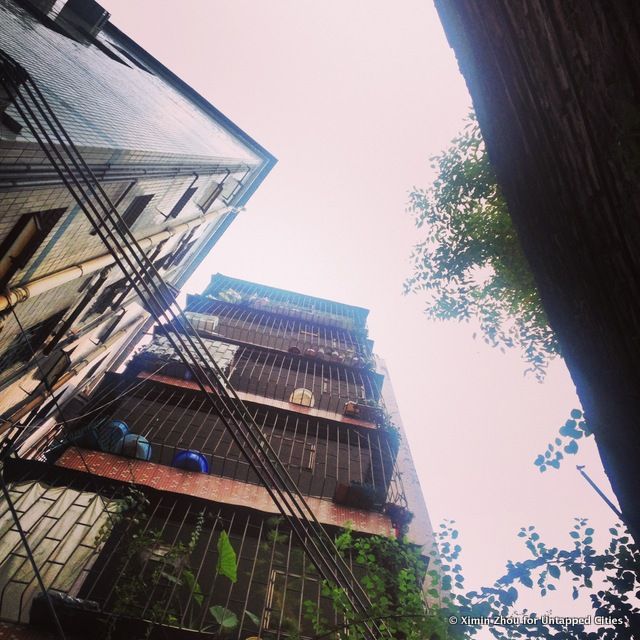
Chinese urban villages are dominated by “hand-shake architecture” where buildings are so close to each other that neighbors could “shake hands” through their windows. In order to accommodate the massive influx of domestic migrants, the only way to create more space is for the buildings to grow upwards and for more rooms to be divided inside. Because of such overpopulation, apartment buildings are built stunningly close to each other with gaps as small as three feet. After all, the more renters a building can take, the more there is to gain for the landlord.
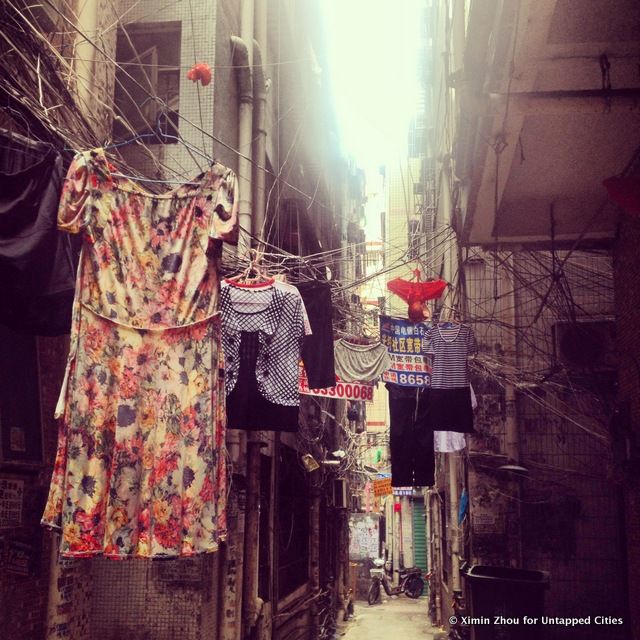
Although urban villages are notorious for their poor infrastructure and high crime rates, there’s still a strong sense of community. The handshake architecture and the short distance between buildings and streets play a big part in sustaining the closeness within the neighborhoods. That important sense of community is unfortunately lost in the many high-rise gated communities which surround these urban villages.
Urban villages are starting to disappear as private developers have offered huge sums of money to village landowners in exchange for the precious lands. Eventually, the hand-shake buildings, along with the renter-residents, will be wiped off, as more high rise office buildings and gated communities take over.
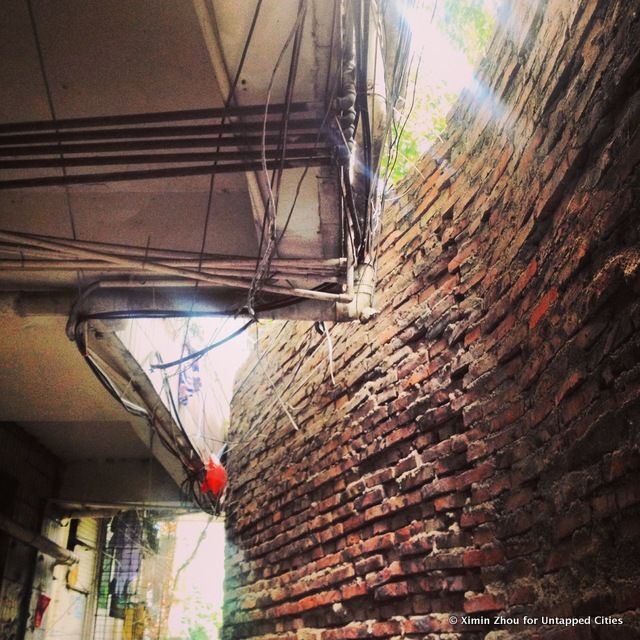
Nonetheless, there are several organizations, like the CZC Special Forces, which try to raise the awareness of the social functions of urban villages. CZC Special Forces is a group of activists who use public art, mostly installed in a rented room named “Handshake 302″in Baishizhou, the biggest urban village in central Shenzhen. The aim is to get locals as well as other interested parties such as the various local media to gain better insights into the social values of urban villages, rather than just their economic values.
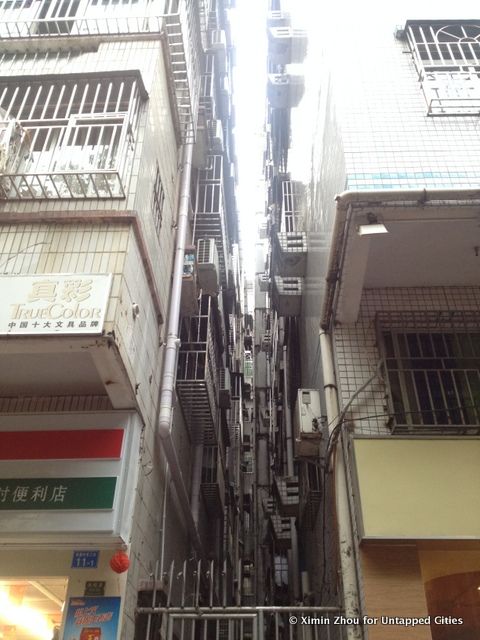
Starting from October 2013, the CZC Special Forces have launched a series of public art projects most of which were held in 302. These public art and theatre projects revolve around the people and their lives in urban villages such as Baishizhou. They use installations to portray the ordinary people as urban superheroes who sustain these urban villages and use performance art to depict urban villages through the eyes of the children living there. The Special Forces actively use multiple perspectives to show urban villages as being more than low-income neighbourhoods.
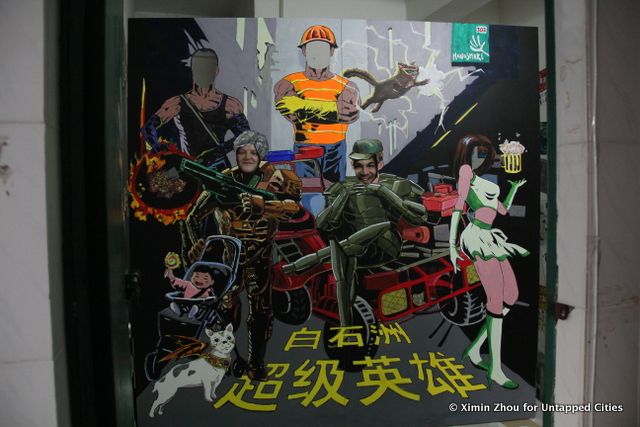
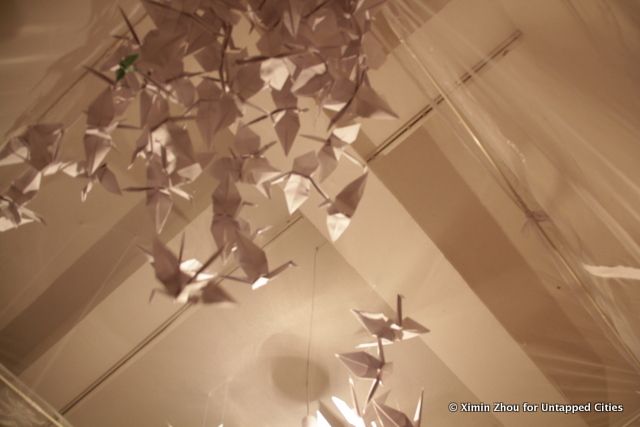
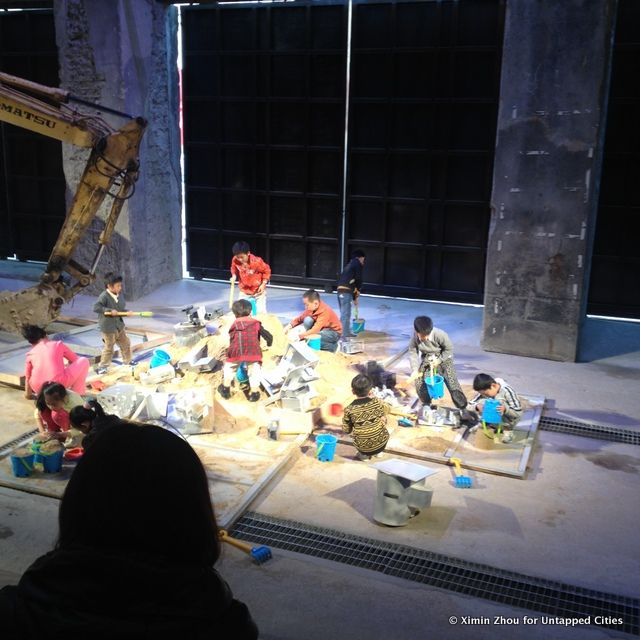
The latest project invited eight people from outside Baishizhou (and Shenzhen) to live in the rented 302 for a week each, to gain the first hand experience in living in an urban village. According to the participants which included students, journalists and artists, their experience was not one of glamour and comfort but it was important for them and others to know at least a small section of what life is like there.
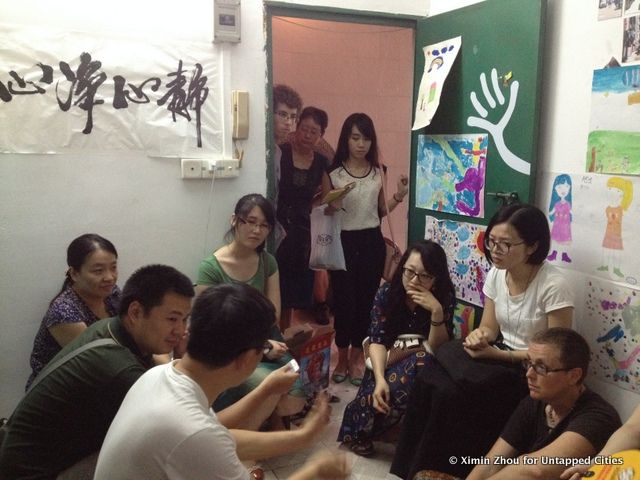
Through these public art projects, the Special Forces further their effort in educating the public and informing the authorities more about urban villages as an attempt to go beyond the imposed stereotypes. Although the plans for aggressive urban renewals may be unstoppable, the CZC Special Forces are making people think twice about how the city should be developed and that their influence is also growing stronger.
For more on Untapped China, check out the Avatar Mounains in China’s Hunan Province and what we could learn from Beijing’s bike share program.
Subscribe to our newsletter